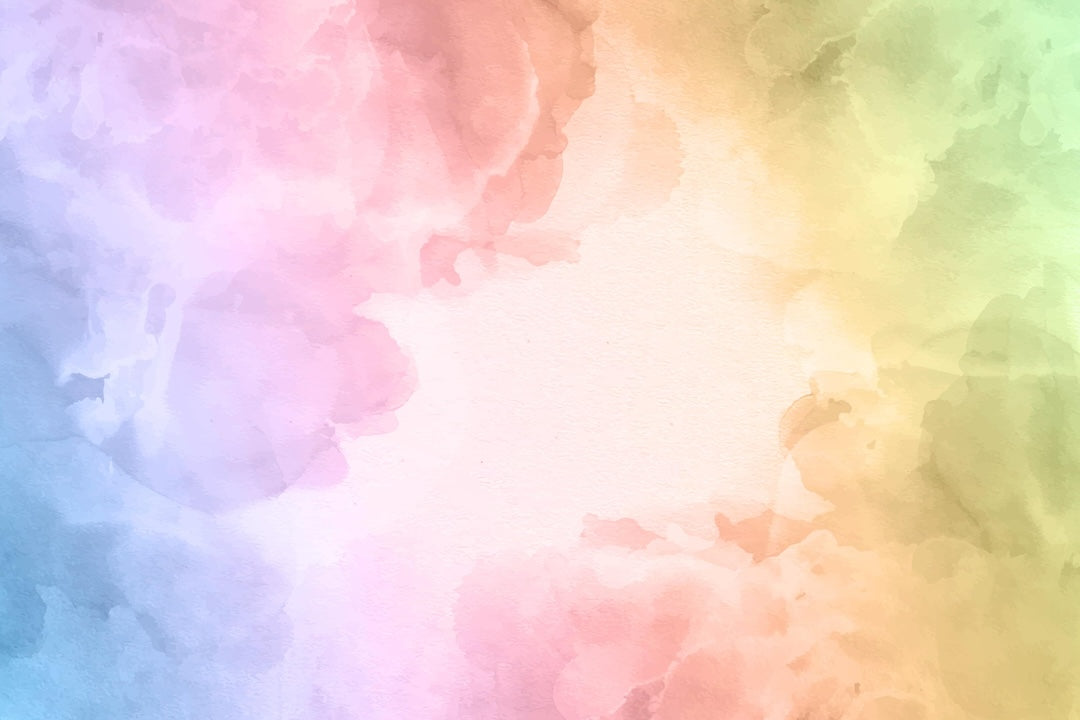Subtle pride is a way of expressing queer identity through understated signals. These might come through fashion, accessories, language, or gestures that aren’t immediately obvious to the wider world. It is soft, coded, and intentional. It is for those who may not feel comfortable being visibly queer all the time or those who simply prefer a gentler kind of visibility.
It might look like:
-
A necklace with six beads in pride flag colours
-
A tote bag with a phrase only other queer people would catch
-
A hat with six embroidered sprinkles instead of seven
These small details carry weight. They create recognition without needing to explain or expose. It’s not about hiding. It’s about choosing when and how to be seen.
Why Subtle Pride Exists
For many queer people, especially those still exploring their identity or living in less accepting environments, being “loud and proud” isn’t always an option. Subtle pride provides a middle ground. It’s a way to feel connected to the community without drawing unwanted attention.
It’s also deeply tied to safety. In some families, workplaces, or countries, overt pride can lead to real risk. Subtle pride offers a kind of shield. It’s self-expression that feels affirming while still protecting the wearer.
But beyond safety, it also reflects personal style and comfort. Not everyone wants to perform their queerness publicly. Subtle pride respects that choice without diminishing its validity.
A Shared Language
Subtle pride relies on shared understanding. Visual cues and cultural references that resonate within the queer community build intimacy and solidarity. That soft pin, a certain flag color, or a line from a song can say “I’m one of you.”
These small signals can be powerful moments of connection. They allow queer people to find each other, even in spaces that aren’t visibly LGBTQ+ friendly.
It’s Still Pride
Just because it’s quiet doesn’t mean it’s less valid. Subtle pride still resists heteronormativity, still celebrates identity, and still builds community. It’s a reminder that queer existence doesn’t have to be loud to be radical. The choice to show up, even softly, is still a form of resistance.
Who Is It For?
-
Those in the closet
-
Those who are questioning
-
Those in unsafe environments
-
Neurodivergent or introverted queer folks
-
People of colour navigating multiple identities
-
Anyone who prefers softness over spectacle
Subtle pride creates space for all these experiences to coexist. It recognizes that there is no single “right” way to be queer.
A Final Thought
In a culture that often demands performance — of gender, identity, or joy — subtle pride is an act of reclamation. It says, “I’ll define what pride looks like for me.”
And that, too, is powerful.
